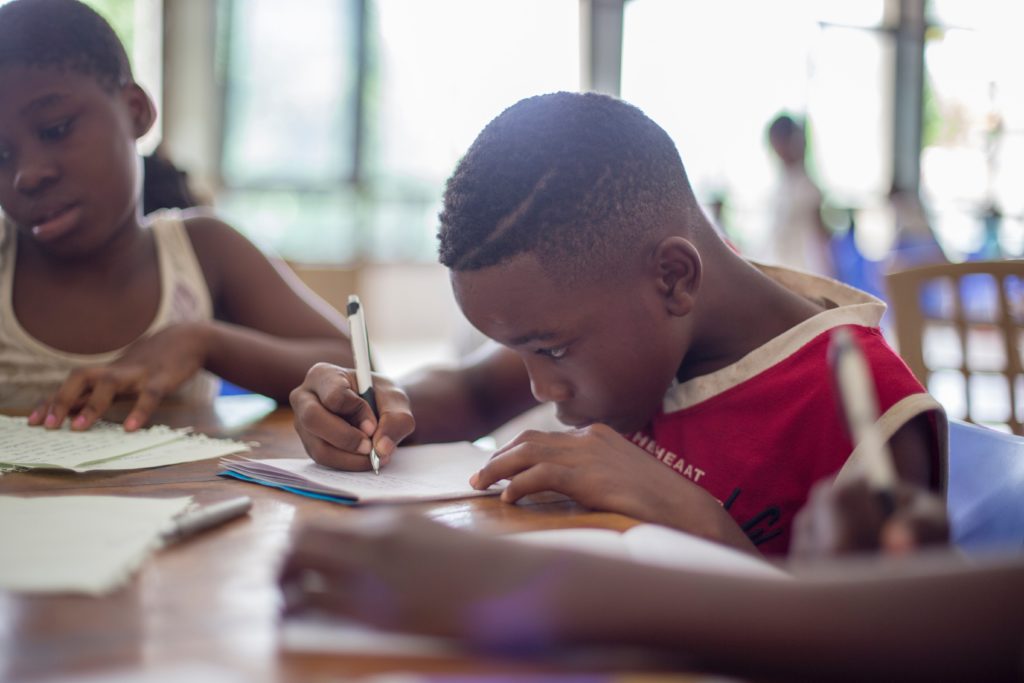- Empty cart.
- Continue Shopping
How to Recognize Signs of Dyslexia in Children

Dyslexia is a common learning difficulty that primarily affects reading, writing, and spelling skills. While it’s a lifelong condition, early identification and intervention can make a significant difference in a child’s academic and emotional development.
Understanding Dyslexia
What is Dyslexia?
Dyslexia is a neurological condition that impacts a person’s ability to process language. It’s not a reflection of intelligence; many individuals with dyslexia have average or above-average IQs.
The Importance of Early Identification
The sooner dyslexia is identified, the sooner interventions can be put in place. Early intervention can help children develop coping strategies and build self-confidence, setting them up for academic success.
Common Signs of Dyslexia
Reading Difficulties
- Struggling to recognize words
- Reading below the expected level for their age
- Difficulty understanding the sequence of letters in words
Writing and Spelling Challenges
- Frequent spelling errors
- Difficulty forming letters or writing within a defined space
- Inconsistent handwriting
Language and Communication
- Difficulty rhyming words
- Struggling to learn new words
- Difficulty following multi-step instructions
Emotional and Behavioral Signs
- Avoidance of reading and writing tasks
- Low self-esteem
- Frustration or anxiety about school
What to Do If You Suspect Dyslexia
Consult a Professional
If you notice any of these signs, the first step is to consult a healthcare provider or educational specialist. They can conduct assessments to determine whether dyslexia is the cause of the difficulties.
Seek Educational Support
Schools often have resources to support children with learning difficulties. This may include specialized teaching methods, one-on-one tutoring, and accommodations like extra time on tests.
Engage in Multisensory Learning
Children with dyslexia often benefit from multisensory learning techniques, which engage multiple senses like sight, sound, and touch. This can make learning more accessible and enjoyable for them.
In conclusion, recognizing the signs of dyslexia in children is crucial for early intervention, which can significantly impact a child’s academic and emotional well-being. If you suspect your child may have dyslexia, consult a professional for diagnosis and tailored support. With the right resources and strategies, children with dyslexia can thrive both academically and emotionally.








